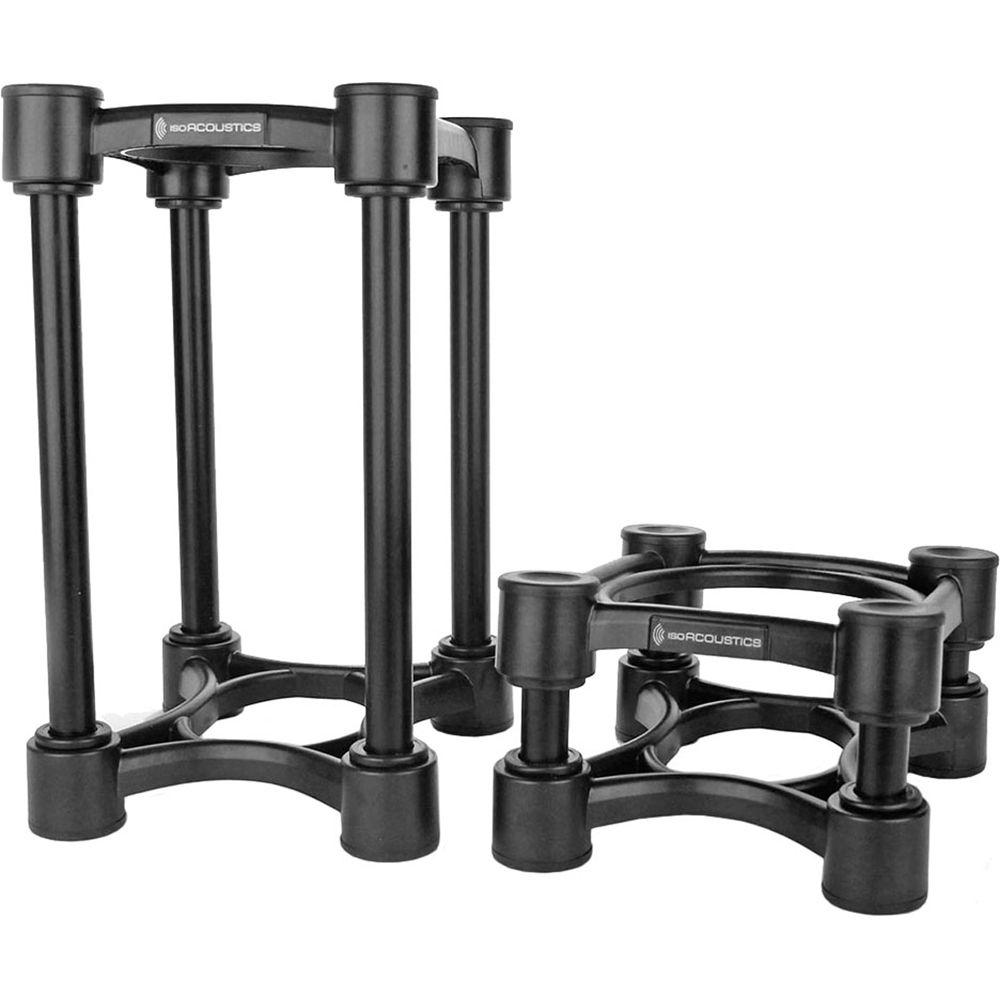

The series consists of 46 individual standards, including ISO 27000, which provides an introduction to the family as well as clarifying key terms and definitions. It does this by setting out ISMS (information security management system) requirements.Īn ISMS is a systematic approach to risk management, containing measures that address the three pillars of information security: people, processes and technology.

#Iso stands how to#
Published by ISO (the International Organization for Standardization) and the IEC (International Electrotechnical Commission), the series explains how to implement best-practice information security practices. Selecting a region changes the language and/or content on ISO/IEC 270001 family of standards, also known as the ISO 27000 series, is a series of best practices to help organisations improve their information security.
#Iso stands professional#
In well-lit scenes, you can close your aperture down a bit more to increase clarity in your photo.Įxperience will be your best teacher, but you can learn more about shooting in different situations from professional photographers. While a stationary subject and use of a tripod can help capture clear, low-noise photos in a dark setting, when shooting handheld with low light, increasing shutter speed with high ISOs can help reduce digital noise if you want less grain. “The lower the ISO, the more detailed the photo.” But just because your camera can shoot at ISO 50 doesn’t mean you should do that all the time - experiment to select the ISO for each situation that achieves the level of clarity or grain you want. “You want your ISO to be as low as possible while still freezing the action, even if you want some grain for stylistic reasons,” photographer Derek Boyd explains. While graininess is sometimes used as an artistic effect in photography, lower ISO values will give you less noise or grain on your final image, which is typically ideal. “It will help you understand the relationship between real-life situations and ISO.” “Set the camera to auto ISO and look back at your work to see what ISO was recorded,” photographer Stephen Klise suggests. Your camera can be a great educational tool for learning ISO. “But when the sun is setting or I’m shooting inside and light conditions change, I’ll start upping my ISO to keep my photos properly exposed.” And while this guide gives you a good start, understanding ISO will be greatly informed by how you adapt while shooting. “When the sun is bright outdoors, I barely adjust ISO,” photographer Ivy Chen says. If movement is involved, you’ll want to pair that high ISO with a fast shutter speed, as well. ISO 1600 or higher: When it’s dark out, or if you’re shooting indoors with dim lighting, you’ll need a high ISO.

ISO 800: If you’re shooting indoors without an additional light source like a flash, you’ll be working in this range. ISO 400: When the lighting is still good, but less intense - like indoors by a window or outside on a cloudy day - a slightly higher ISO is ideal. ISO 100: This is the best choice for shooting outdoors on sunny days - the brightest situation you’ll likely be shooting in.

Here are a few general rules for finding the right sensitivity level for your DSLR or mirrorless camera’s digital sensor. High ISO increases your camera’s light sensitivity, which is ideal for low-light situations. Conversely, when less light is available, you need a higher ISO to compensate. In brighter lighting, lower ISO is best - low ISO values are better in well-lit scenarios. The ideal ISO number allows your camera to achieve good image quality by letting the right amount of light hit the image sensor. ISO standards in digital photography today still have the same numbering system to indicate the sensitivity of a digital camera sensor to light. Originally, ISO numbers were set by the International Organization for Standardization (where the name ISO comes from) to refer to the sensitivity of the film in a camera to light.


 0 kommentar(er)
0 kommentar(er)
